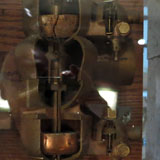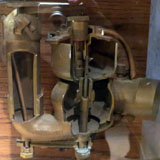
Nebraska Tractor Test Laboratory and the Larsen Tractor Test Power Museum
As gasoline/kerosene fuel tractors were rapidly gaining favor in Nebraska, it became apparent that the advertised claims of the many manufacturers were not a reliable indication of how well the tractor would perform in the field. Often, they hardly made it to the field, let alone did any work.
So, in 1919, the Nebraska legislature required that any tractor sold in Nebraska must be tested and must receive a certificate that guarantees its performance. The Lincoln laboratory (on the campus of the University of Nebraska) has been running tests ever since.
The original building is on the left (and is now a museum), and the current, much larger building is on the right.


The test track was once dirt, but is now concrete. While it doesn't match any field (of course), it is a reliably consistent surface for testing.


The pulling red tractor is what's being tested. The yellow machine being pulled contains measuring equipment as well as the fuel for the tractor (so that it doesn't get lighter as it burns fuel). Round and round and round. This is a job for undergraduates...
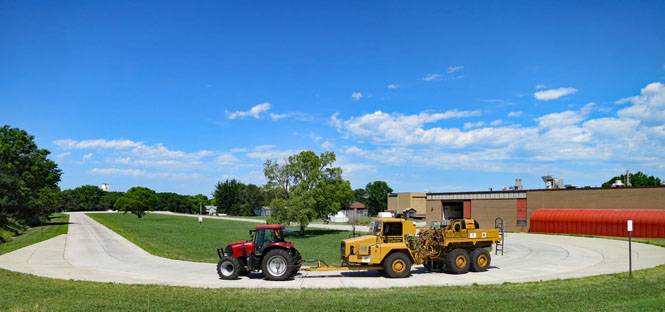
Inside the air-conditioned monitoring station.


That European Claas tractor is being prepared for testing.


Supporting machine shops. You don't want to cancel a test for want of a simple fitting that could be whipped up in the shop.

In the museum building. This is the original dynamometer, which has long since been replaced. The analog gauges are in the original test rig (which has been replaced by digital instruments in the yellow rig you saw, above).


Some significant tractors in the history of testing.


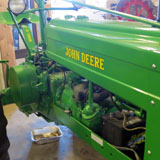
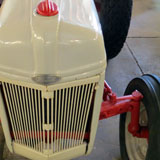








A collection of tractor carburetors that were once used for instruction.




